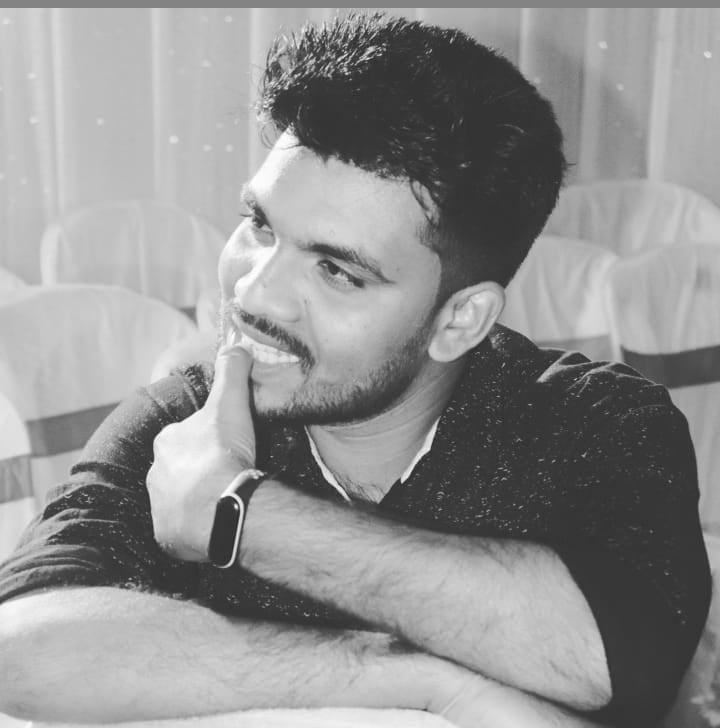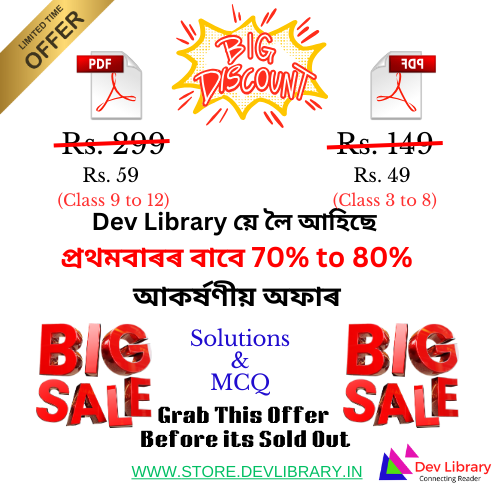Class 11 English Snapshots Chapter 7 Birth answer to each chapter is provided in the list so that you can easily browse through different chapters Class 11 English Snapshots Chapter 7 Birth, Class 11 English Snapshots Question Answer, HS 1st year English Notes and select needs one.
Class 11 English Snapshots Chapter 7 Birth
Also, you can read the SCERT Class 11 English Snapshots Chapter 7 Birth All Be Together” book Notes online in these sections Solutions by Expert Teachers as per AHSEC (SCERT) Book guidelines. Class 11 English Snapshots Chapter 7 Birth Notes are part of SCERT All Subject Solutions. Here we have given Assam Board Class 11 English Snapshots Chapter 7 Birth Solutions for All Subjects, You can practice these here.
Birth
Chapter: 7
SNAPSHOTS (SUPPLEMENTARY)
1. “I have done something; oh, God! I’ve done something real at last.” Why does Andrew say this? What does it mean?
Ans: The young doctor, Andrew Manson, had performed an extraordinary feat. His exclamation of triumph was well justified. Not only had he ensured the safe delivery of a male child, but he had also restored both the mother and newborn to good health. Susan Morgan was in a critical state after childbirth, her strength rapidly fading. She was nearly pulseless, but Andrew promptly administered an injection and worked tirelessly to stabilize her heart.
Andrew’s greatest achievement, however, was reviving the stillborn child. First, he placed the baby on a blanket and attempted artificial respiration. When that yielded no results, he tried the hot and cold water treatment, immersing the infant alternately. Despite half an hour of relentless effort, the baby showed no signs of life. Refusing to give up, Andrew made one final attempt. He vigorously rubbed the child with a rough towel and persistently pressed and released the tiny chest with both hands.
At last, a response came-the baby’s chest heaved. Encouraged, Andrew intensified his efforts. The child began gasping, and a bubble of mucus emerged from his nostrils. Gradually, the pale skin took on a healthy pink hue, and his limbs grew firm. Finally, a cry broke the silence, signaling the baby’s revival.
Overwhelmed with emotion, Andrew called upon God as a witness to his miraculous achievement. This was not just theoretical knowledge but a tangible, life-saving success-something truly remarkable and real.
2. There lies a great difference between textbook medicine and the world of a practising physician. Discuss.
Ans: Text book medicine is purely a Science whereas treating a patient is an art. The world of physician practising requires a different set of skills and knowledge. Text book medicine no doubt provides the conceptual framework for treatment but no doctor can treat a patient without the use of his or her intuitive practices. In the story Birth the way Andrew brings back a still born child to life is a testimony to this fact. The nurse at first dumps the child thinking it to be dead. But Andrews takes a chance and the miracle happens. He in the beginning applies his textbook knowledge but the child does not recover. He doesn’t lose heart. He applied his own intuitive method and the miracle then happened. Treatment is Science and beyond. It is both a science and an art.
3. Do you know of any incident when someone has been brought back to life from the brink of death through medical help. Discuss medical procedures such as organ transplant and organ regeneration that are used to save human life.
Ans: Yes, there have been numerous incidents where individuals have been brought back to life from the brink of death through medical intervention. One such remarkable case is that of a patient who suffered a sudden cardiac arrest but was revived through CPR (Cardiopulmonary Resuscitation) and the use of a defibrillator. Medical procedures like organ transplantation have revolutionized healthcare by replacing damaged organs with healthy ones from donors. Heart, kidney, liver, and lung transplants have saved countless lives. Similarly, organ regeneration, a developing field, involves using stem cells and tissue engineering to regenerate damaged tissues or organs. Scientists are exploring ways to grow organs in laboratories, which could eliminate the need for donors in the future.

Hi, I’m Dev Kirtonia, Founder & CEO of Dev Library. A website that provides all SCERT, NCERT 3 to 12, and BA, B.com, B.Sc, and Computer Science with Post Graduate Notes & Suggestions, Novel, eBooks, Biography, Quotes, Study Materials, and more.



